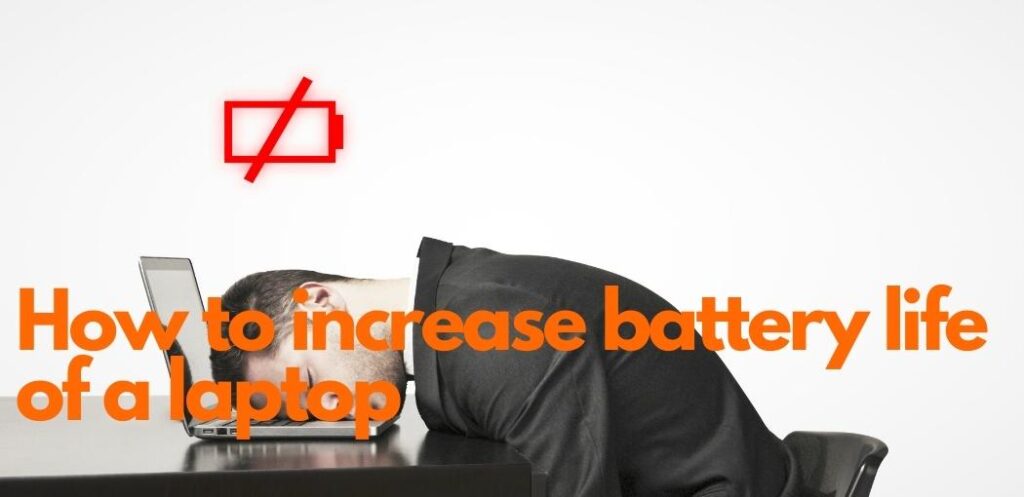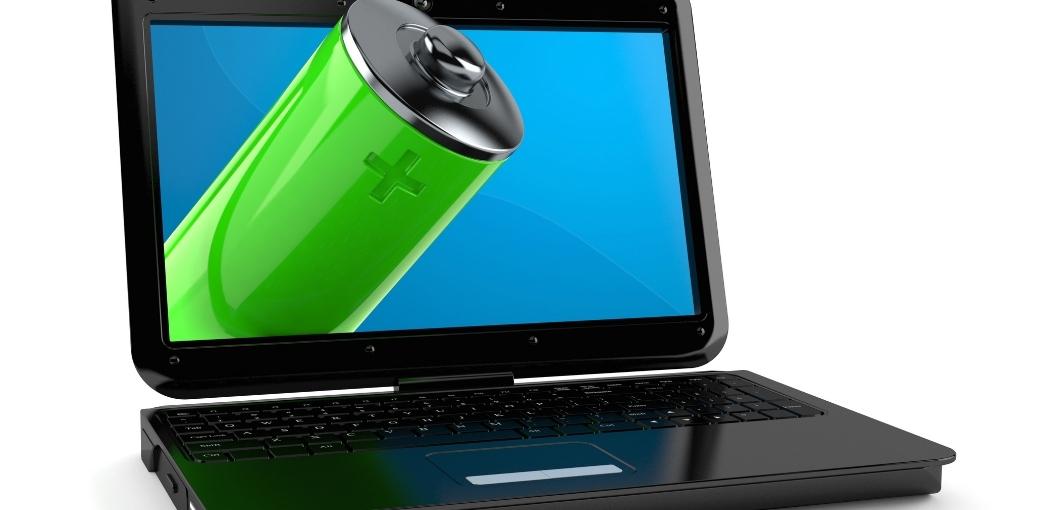
How many times has your laptop battery died before you were able to find an outlet? If the answer is more than once, it’s time for a change.
If you are looking for a way to increase the battery life of your laptop, then this article is for you.
We have compiled 8 tips on How to increase battery life of a laptop. These are some great ways to extend the time on your laptop without having to plug it in all day long.
The first step in increasing your laptop’s battery life is by fully charging the device and then letting it drain all of its power.
This will calibrate the battery so that it can better determine how long it will last on one charge. Follow these steps to maximize your laptop’s performance:
1. Close unused programs
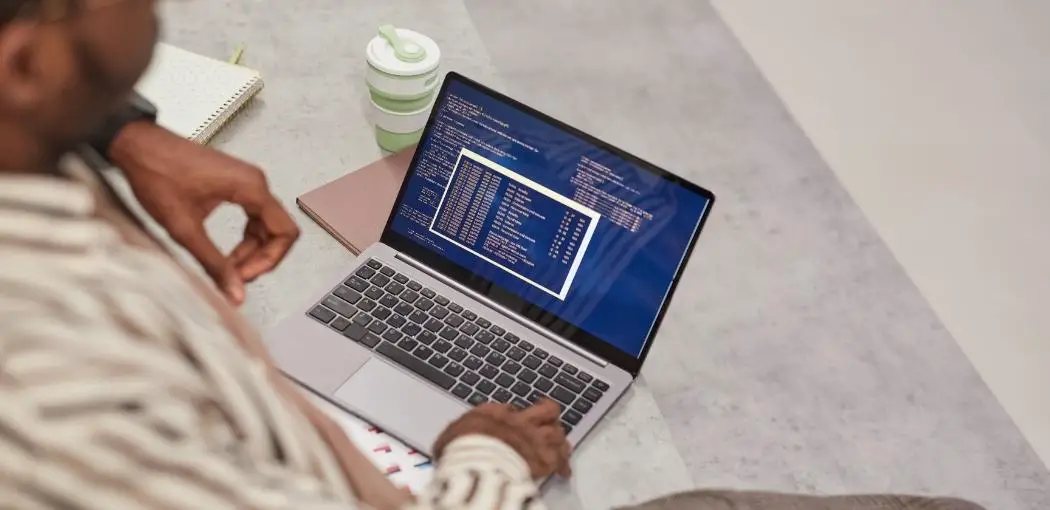
This tip will not only increase battery life but also speed up your laptop. When you have multiple programs open, they all take processing power which in turn reduces the amount of time that your device can last on one charge.
To close a program, press Ctrl+Alt+Delete and then select Task Manager from the list of options that appear at the bottom right corner of your screen.
You should see a list of currently running applications along with their corresponding stats like memory usage and CPU utilization (%).
Selecting an application gives you more detailed information about its resource usage; to end it click End Task or End Process if there are multiple instances running simultaneously for this application.
If you need to reopen any closed applications simply restart them by clicking Start.
Close all unnecessary programs to ensure that your laptop has enough processing power for the tasks you need it to complete.
This will increase your battery life significantly.
Having too many applications open drains resources which means less time on one charge, so close everything except what is needed at this moment in time.
2. Use Battery saver mode
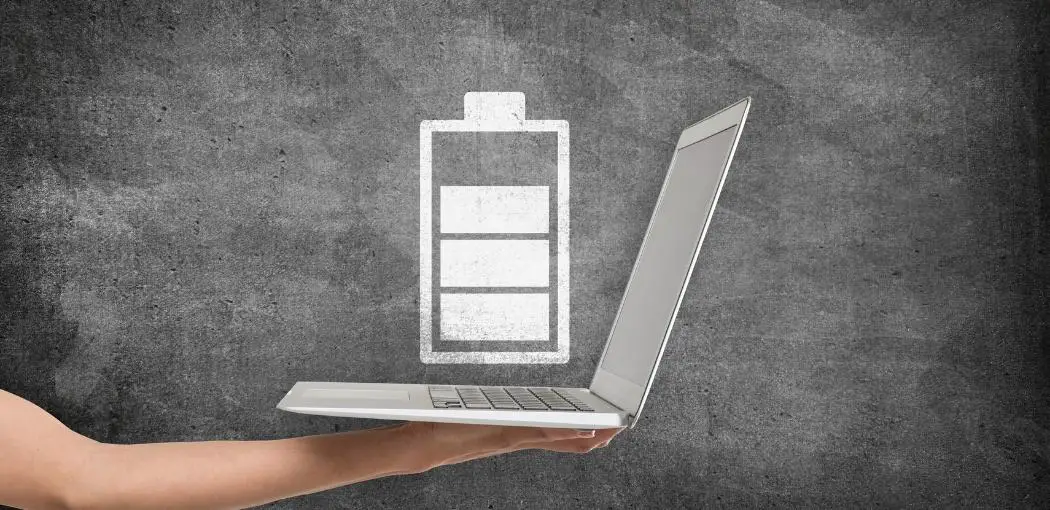
If you are not actively using your laptop, then it is a good idea to put the battery saver mode on.
The battery-saving feature can be activated in Windows by going to Control Panel > Hardware and Sound > Power Options.
Under the “Power Plans” tab, select the battery saver plan that best suits your needs.
This will reduce your laptop’s performance in order to save power.
The trade-off for using this mode is that you can get a longer battery life at the cost of some speed.
If you are not doing any intensive tasks on your device, then put it in this mode to conserve as much energy as possible.
Related article: How Long Does a Laptop Battery Last?
3. Disable unnecessary features
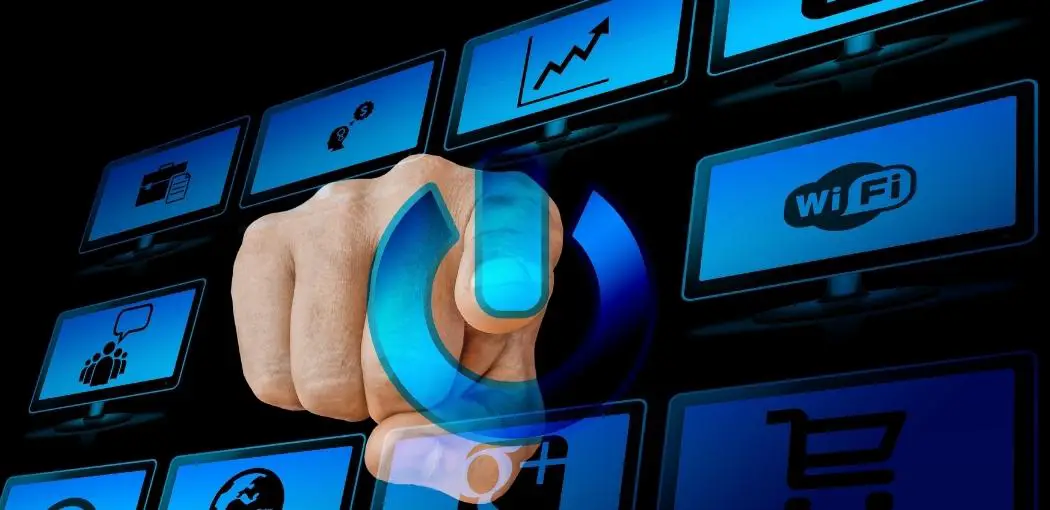
Disabling necessary features like Bluetooth and wifi will save battery power.
If you are not using these features, then turn them off.
This can be done by going to Setting Control Panel > Network and internet, then clicking ok.
From here, right-click on the option you want to disable and select Properties from the context menu.
On the General window, uncheck the toggle button to turn off the Bluetooth or wifi. “Allow the computer to turn off this option to save power” and click OK.
Doing this will help conserve battery life but it is important to note that some tasks will become more difficult as a result.
If you are not using Bluetooth or wifi then disabling them is a great way to extend your laptop’s battery life. Pc Adviser elaborates well about disabling wifi or Bluetooth.
4. Dim the screen brightness

Another way to save battery life is by reducing the brightness of your laptop’s screen.
The brighter the screen, the more power it consumes. To dim the screen, press Windows + I to open up Settings and then click on System.
On the right-side panel, select Display and then adjust the slider bar under “Screen Brightness” to your desired level.
You can also put your laptop in power saver mode which will automatically dim the screen brightness for you.
If you are not doing any intensive tasks, then lowering your screen brightness is a great way to conserve energy.
Depending on your needs, adjust the slider bar accordingly to get better battery life from your device.
Windows + I is the keyboard shortcut to quickly open Settings.
Screen brightness consumes a lot of battery power, so try dimming it if you’re not using it at full capacity.
5. Update your drivers and BIOS
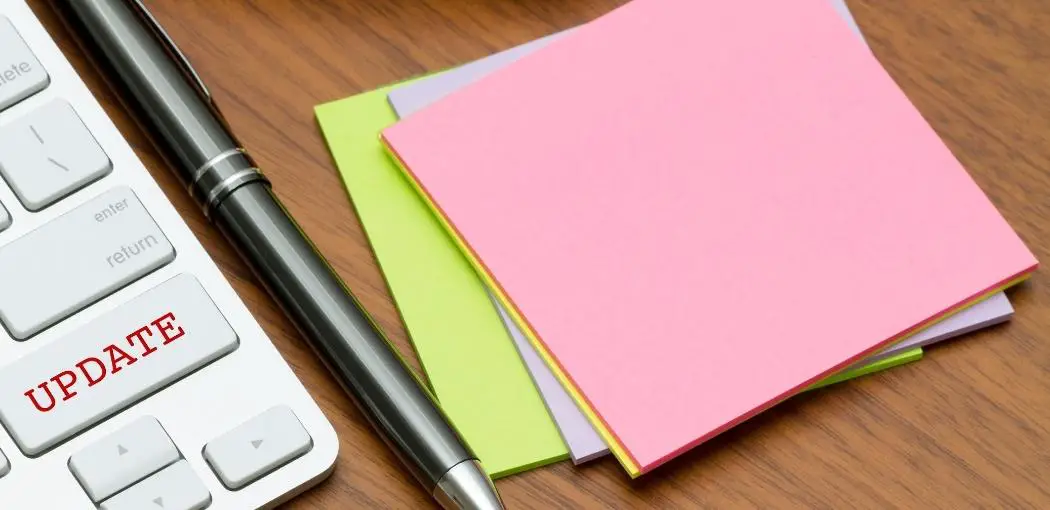
Drivers and BIOS updates can provide a battery life boost if they are not up-to-date.
Updating drivers is especially important because it ensures that the components of your laptop communicate with each other properly to prevent any problems from arising.
To update all your drivers, go to Control Panel > Hardware and Sound > Device Manager.
Here you will see a list of devices connected to your computer along with their corresponding driver versions in parentheses next to them (if available).
For every device which has an outdated version installed, right-click on its name and select Update Driver Software from the context menu.
Follow the instructions provided by Windows for updating these files one at a time until finished. As for BIOS updates, this should be done only if you are having issues with your device.
To update the BIOS, turn off your laptop and remove all peripherals such as USB devices or chargers.
Then press and hold the power button for at least 30 seconds to drain residual charge from capacitors.
Once done, plug in everything back into their corresponding ports and restart the computer.
6. Do not plug in your laptop throughout the day
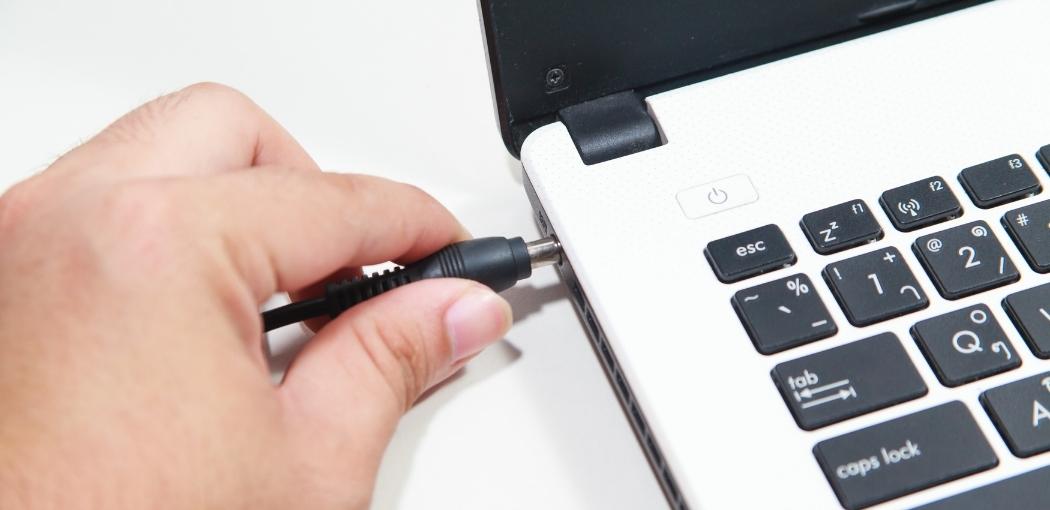
If you are not using your laptop all the time, then it is better to keep the battery unplugged when possible.
This will help prolong its life in case there’s any damage or problems with power cords and ports over prolonged periods of charge like when travelling.
Doing this can reduce strain on internal components which can lead to longer battery life.
Only plug in your laptop when you need it and keep it unplugged if you’re not using it for an extended period of time.
We have discussed this in detail on the guide Should I leave my laptop plugged in all the time? and also Wired are against it.
7. Keep the Laptop away from Extreme temperatures
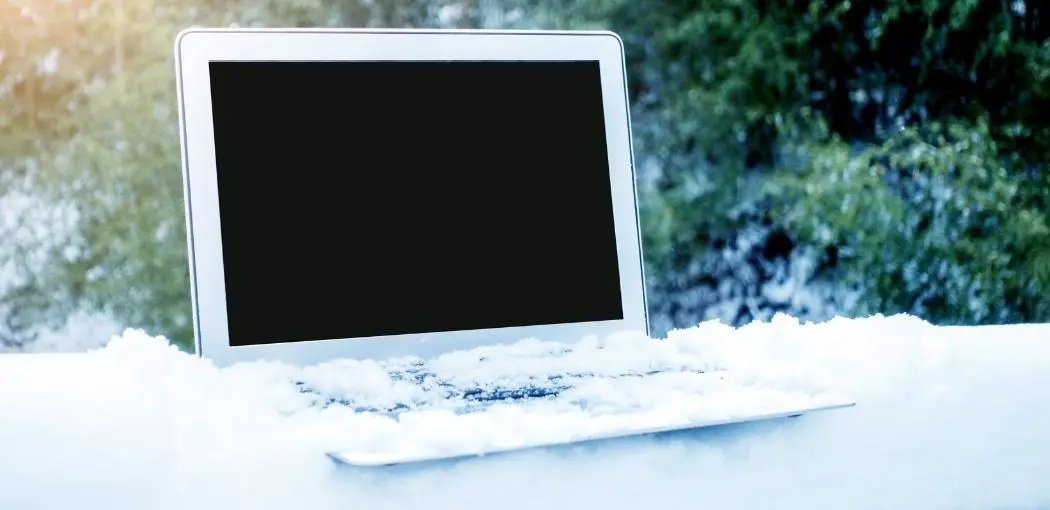
Extreme temperatures are not good for your laptop’s battery life. This tip is highly encouraged by Digitaltrends guys for optimal battery performance.
Heat can cause damage to the circuitry of a computer which is why it should always be kept out of hot places like sunny areas or rooms where lighting equipment are used frequently.
If you cannot avoid these conditions, then keep your device in air-conditioned spaces as much as possible.
On the other hand, cold weather can also have a negative impact on your battery.
This is because the lithium-ion batteries used in laptops operate best at room temperature.
So if you are using your laptop in very cold environments, then its battery life will be reduced.
Try to keep your device at a moderate temperature and if necessary, use a laptop sleeve or other insulation to keep it warm.
If you’re working in an environment where the temperature is constantly changing, then you’ll want to adjust your Power Plan settings as needed.
8. Use power management features

Windows has a built-in power management feature that you can use to prolong your laptop’s battery life.
To access it, go to Control Panel > Hardware and Sound > Power Options.
In the window that pops up, select the plan that best suits your needs.
Depending on how you use your laptop, you may want to set it to High Performance, Balanced or Power Saver.
You can also customize each plan by clicking on the Change Plan Settings link.
Under the Advanced settings, you will find two options – Put the computer to sleep and Turn off the display.
Change these values according to your preferences. For example, you can set the Put your computer to sleep option to Never if you want it to always be on.
Our Conclusion on How to increase battery life of a laptop
There are many ways How to increase battery life of a laptop, but it is important that you make sure you have a plan for how you will be using your laptop when plugged in.
For example, if all your work can be done on WiFi at home or in public spaces like coffee shops, then saving power by turning off wifi and dimming screen brightness should suffice.
If not, consider investing in an external charger so that there is always one charged up ready to go.

